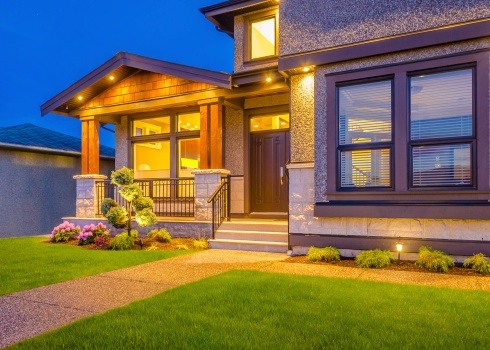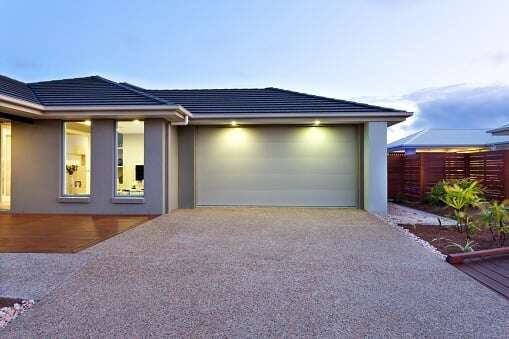 If you've visited the light bulb aisle at your home improvement store lately, you may have wondered, “When did shopping for light bulbs become so complicated?”
If you've visited the light bulb aisle at your home improvement store lately, you may have wondered, “When did shopping for light bulbs become so complicated?”
It used to be simple: grab an incandescent bulb, check the wattage and head toward the checkout. Now there are dozens of bulbs to choose from in many assorted shapes. And they feature terms you may not recognize or understand.
Many consumers still don't realize that assistance is right in front of them, on the light bulb packages. Experts in Your Home can shed light on the subject to make your home lighting decisions a little easier.
Labels Shed Light on Bulbs' Composition
Just as U.S. food packages feature a “Nutrition Facts” label, the U.S. Federal Trade Commission requires manufacturers of incandescent, compact fluorescents (CFLs) and light-emitting diodes (LEDs) to post a “Lighting Facts” label that provides information about a bulb's:
- Brightness
- Energy cost
- Life expectancy
- Light appearance (“warm” to “cool”)
- Wattage
- Mercury content
Distinguish Between Wattage and Lumens
A bulb's brightness, which is measured in lumens, may represent a significant change for consumers who are accustomed to judging a bulb strictly by its wattage. On the bright side, consumers also have more information at their disposal to make home lighting decisions, as long as they know that:
- Wattage refers to the amount of energy a bulb uses. A bulb with too high a wattage can damage the fixture or create a fire hazard.
- Lumens refers to the amount of light the bulb gives off.
Appearances Count
Light appearance (also referred to as light color), is measured on the Kelvin (K) temperature scale. The lower the K number, the more yellow the light; the higher the K number, the whiter or bluer the light. Personal preferences vary, but:
- “Warm white,” at 2,500 to 3,000 K (the color of incandescent bulbs), works well in bedrooms, living rooms and dens.
- “Bright white” or “cool white,” at 3,500 to 4,100 K, nicely lights up kitchens, bathrooms and home spaces, where more light is needed.
- “Daylight,” at 5,000 to 6,500 K, is recommended for reading.
Plug In to the Differences In Home Lighting Bulbs
Your go-to home lighting choices probably center on four types of bulbs:
- Incandescent bulbs, designed by Thomas Edison, enjoy their share of sentimental value, if only because they've provided good, standard ambient and task lighting for so long. As hard as they may be to find now, they will become even more sparse; the U.S. Energy and Independence Act calls for them to be phased out in favor of more energy-efficient choices.
- Halogen bulbs produce a bright, white light that replicates the color of the midday sun, which make them a good choice for task lighting. Halogen bulbs last longer and provide more light (lumens) per watt than incandescent bulbs, but they burn hot and require caution.
- CFLs consume between 20 and 40 percent less electricity and last up to 20 times longer than incandescent bulbs. “Yesterday's” fluorescent bulbs could be harsh to look at; today's produce warm tones of light similar to those of incandescents.
- LEDs are the workhorses of the group, lasting longer while consuming less energy than any other type of light source. As an example: an LED bulb that burns for three hours a day can last 22 years before it must be replaced. LEDs do not contribute to heat build-up in a home, either.
>>Need Help? Contact a Chico Electrician Today<<
Make the Switch
Try not to let the differing wattages on these bulbs deter you from converting to incandescent bulbs. This equivalent chart should help:

*source: Lowe's Light Bulb Buying Guide
Don't hesitate to call Experts in Your Home if we can help to further uncomplicate the sometimes confusing bulb aisle – and shed light on the best choices for your home.








